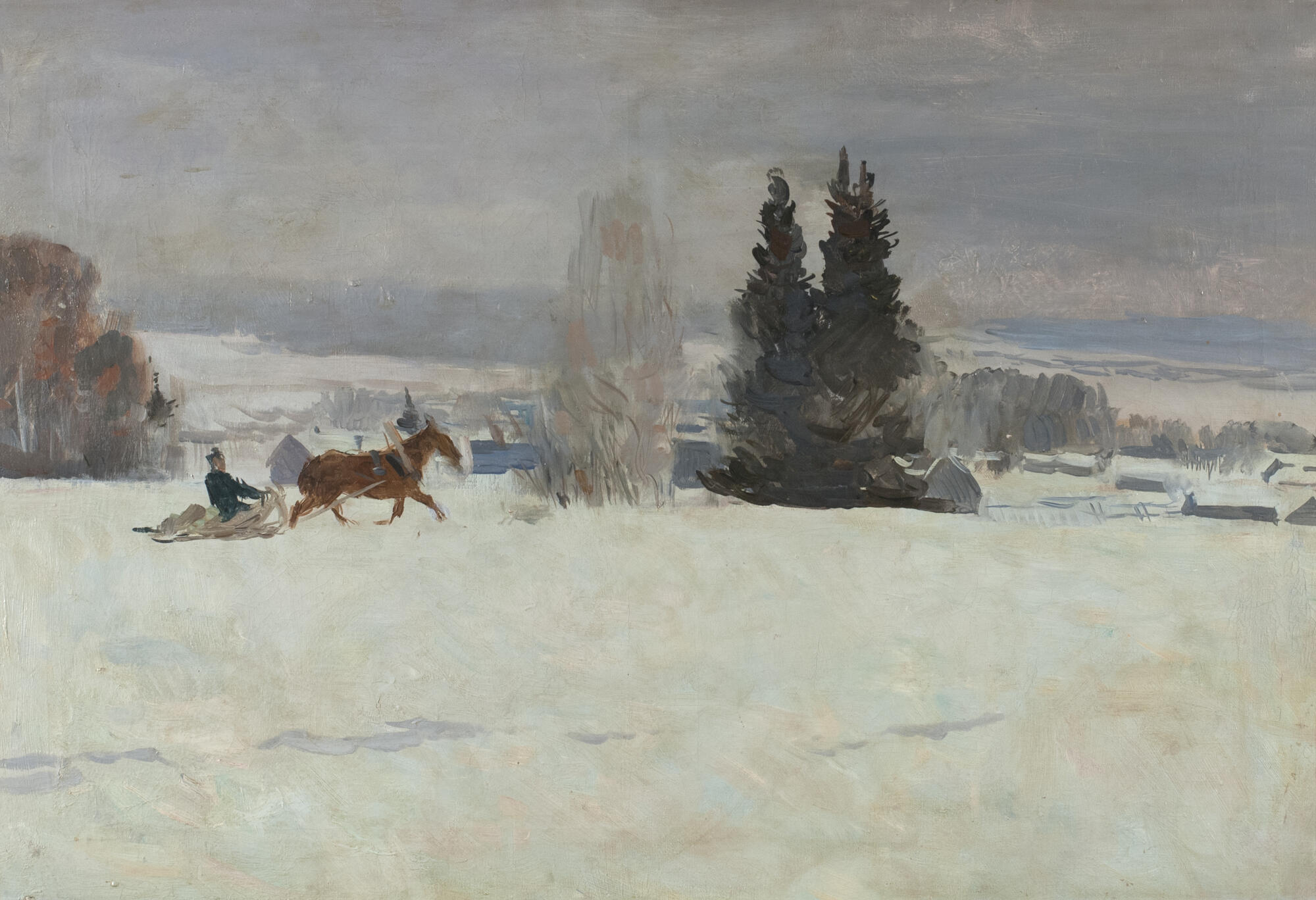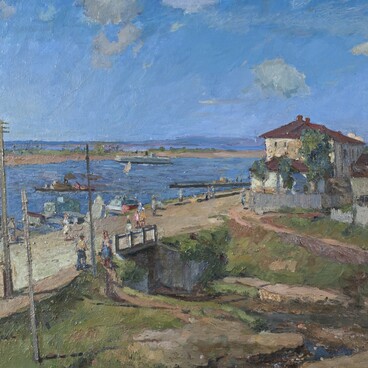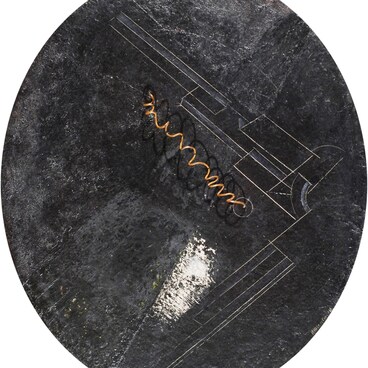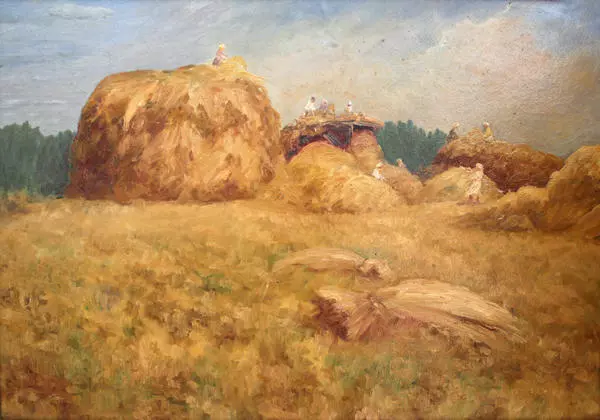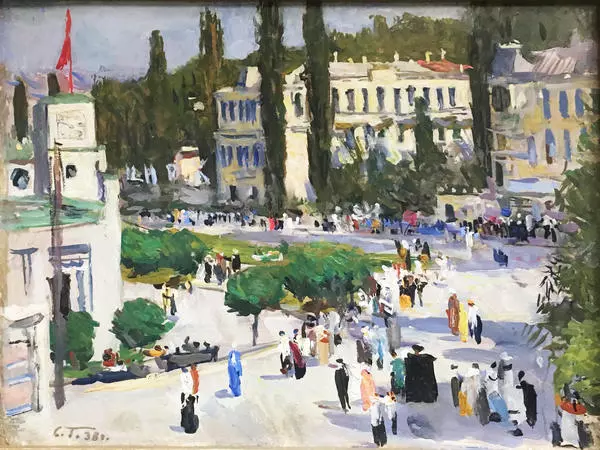Landscapes were always the artist’s favorite genre. His unconstrained style of painting brings Gerasimov closer to his mentors at the Moscow School of Painting, Sculpture, and Architecture: Sergei Ivanov and Konstantin Korovin. When he became familiar with the canvases done by renowned impressionists in the collections of Ivan Morozov and Sergei Shchukin, that also had a tremendous influence how the figurative foundations of his art took shape. Gerasimov was especially attracted by the landscape technique used by Alfred Sisley. Having carefully studied the impressionistic technique, the artist worked hard to master it, trying to enrich the academic potential of his own language, and to create his own original style. Toward the end of the 1920s, he came around to tonal painting, elaborating the problems involved in light and color.
His landscape works from these years are imbued with sincere, direct feelings, and at the same time the echoes of the Universe’s eternal rhythms can be heard in them, and they pulse with a yearning for the monumental scale of the conception. The 1930s were the period that represented the true heyday for Gerasimov’s landscape painting. The enormous range of themes it covers, from paintings of the harsh coastline of the White Sea to views of the Caucasus drenched in the hot sun, reflects the artist’s tireless interest in the diversity of nature throughout his native country. This work was created during that time, most likely in the vicinity of Mozhaysk, the Gerasimov’s hometown. The composition, built on the principle of a panorama, opens up a view of the endless expanses of snow-covered fields. The color of the landscape is based on a subtly synchronized mixture of cold and warm tones: the pale blueness of a wide, snowy glade that occupies the entire foreground is slightly touched by a lukewarm, pearly pink hue.
The hazy veil of dark gray, low-hanging clouds, expanses of trees in the middle ground, and even the gloomy, almost black triangles of fir trees towering in the center - everything is slightly highlighted by the pink rays of the setting winter sun. One coloristic accent, the most sonorous note that breaks the cold silence of the landscape, is the reddish-brown color of a briskly running horse. Its presence softens the monumentality of the sound across the entire composition with a sense of joyful recognition, a kindred involvement in these locations, in their small houses that retain warmth and comfort under a deep snow cover.
The famous art critic Nikolai Shchekotov wrote: “It is like this when, after a long absence, you return to your village. Even from afar, with a caring and affectionate gaze, you search for those structures in the courtyards, and the outlines that mark their locations, known so well, and for so long. And they do not remain unrequited, and they greet you like a loved one…”. Thanks to masterful painting skills, a finely developed compositional and spatial structure, and, most important, a strong, deep feeling that possessed the artist, Gerasimov managed to create a multifaceted, meaningful image of the nature native to him.
